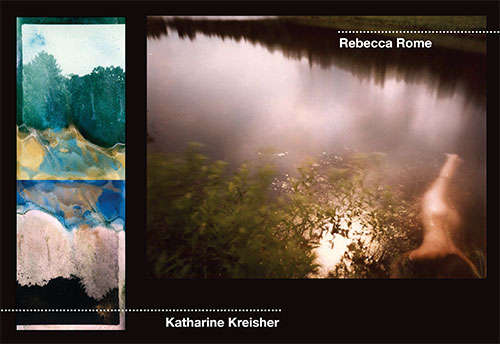Make some pinhole photos, pick your best one, and upload it to the WPPD gallery (free)!
Don’t have a pinhole camera? No problem! There are workshops and exhibits of pinhole photography all over the world today where you can build or use one, check the events listings for your area.
If there’s nothing near you, grab the free plans for one of these paper cut-out do-it-yourself 35mm pinhole cameras:
Nick Dvoracek‘s Populist (PDF link).
You can also make your own pinhole and mount it into a drilled-out body cap and use it on your film or digital SLR or rangefinder.
Happy shooting!
